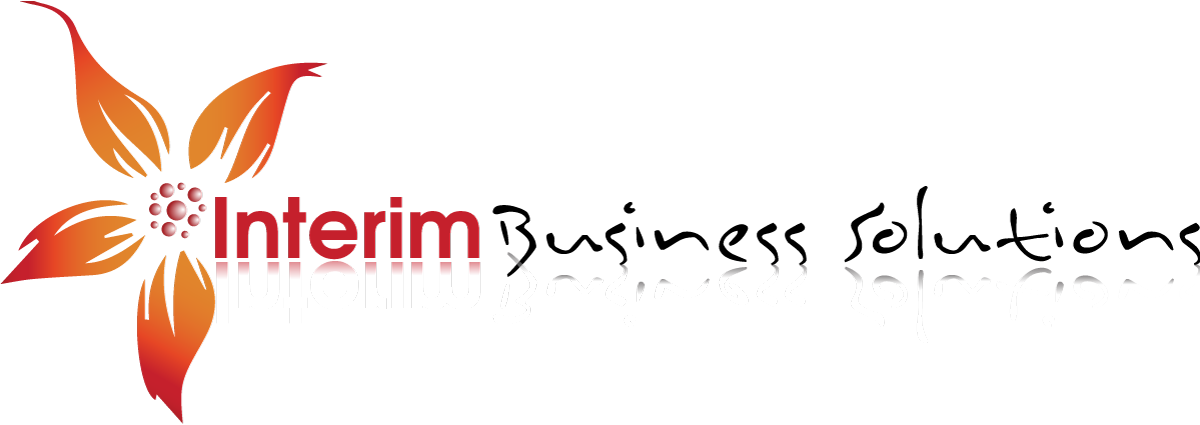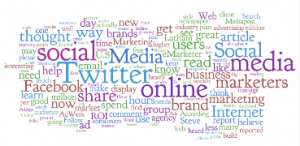DM – A DM refers to a direct message which some is able to send to you if you are following them. The best way for DMs to work is for both parties to be following each other. Direct messages are great for when more detailed tweets are required which don’t really need to be shared in the public space.
Hashtag – Twitter has seen the birth of the hashtag phenomenon. The hashtag is an aid for relevant searches. For example I often use the hashtag #virtualassistant when tweeting relevant articles or links from my industry. Try searching hashtags relevant to you or your business; add them to your tweets so others can find your tweets and more importantly, you. Again, this can increase your audience and number of followers because you are readily being found.
Lists – Once you have become a seasoned tweep and have created quite a circle around you, utilise the Twitter ‘Lists’ to group your tweeps into relevant categories. Don’t just add anyone to these. Make them valuable to both yourself and others. It’s amazing how many others will follow your ‘Lists’ if perceived as a valuable ‘List’ and you will be known as a great resource on Twitter.
RT – A re-tweet is a tweet is a tweet someone has re-tweeted to share with their followers. They have considered this tweet to be of value to share. RTs show you are generous and not just on Twitter for yourself. RTs are very powerful and can have the potential of reaching a great number of people. However, don’t use the Twitter.com RT button as those you re-tweet will not see that you have. You will need to copy the tweet and add in RT @ or use a tweeting dashboard which allows this to be done more easily.
Mentions – Are any tweets which someone has included your Twitter handle into the tweet. It may be an RT or it may be a tweet in reply to an earlier tweet of yours; an answer to a question or a prospective client/customer wanting to know more about what you have to offer! It pays to keep a close eye on your mentions!
Fail Whale – At times, on Twitter.com you may witness the image of a whale. This is referred to as the #failwhale and for whatever reason, Twitter stops operating. Usually it is due to being over capacity and a simple refresh can correct it.
Apps – Facebook has numerous applications available to add to your Facebook Business Page to enhance its functionality. Some include reviews; stores; iframe welcome tabs; PDFs; videos and many more.
Facebook Profile – This is your private page which is about ‘you’. These are not public and depending upon the extent of your Privacy settings will determine how much is exposed to those who are logged into Facebook or who are your ‘friends’. Profiles are the Administrators of Pages and you can have more than one Administrator for a Page.
Facebook Page – A Facebook Page is a public page specifically created for businesses, brands, celebrities, causes, and other organisations. Unlike personal profiles, pages do not gain “friends,” but “members” who have “Liked” the Page. Pages can gain an unlimited number of fans. Pages work similarly to profiles, updating users with things such as statuses, links, events, photos and videos. This information appears on the page itself, as well as in the members personal news feeds. A Page can also claim its direct vanity URL by visiting www.facebook.com/username
Switch – If your Profile is an administrator of a Page(s) you can ‘switch’ between using Facebook in either Profile or Page mode. If you use Facebook in Page mode you will be able to expose your Page further afield by liking and commenting on other Page’s walls as your Page rather than your Profile.
Group – A Facebook Groups are created and generally based around a real-life interest or group or to declare an affiliation or association with people and things. With a Facebook Group, you are creating a community of people and friends to promote, share and discuss relevant topics. You are unable to add Apps to Groups or claim their URL, hence why they are used for a much more specific purpose.
Tagging – Facebook allows both your Profile and/or Page to tag other friends or Pages you are connected to respectively. This helps to promote those friends and Pages to your audience and of course, it gives you some exposure also by being displayed on the tagged recipients Wall. Just don’t over-tag. You don’t want to be seen on someone’s Wall more than the owner themself!
Apps – Like Facebook, LinkedIn also has a number of apps available to enhance your Profile. You are able to import your blog feed; add slide shows via Slideshare and add PDF documents via Box.net and many more.
Companies – If you have a business it’s a good idea to set up your ‘Company’ listing. Other’s can find your business, follow it and add reviews about your services and products.
Groups – The best networking feature LinkedIn offers is via the numerous Groups you can join or maybe create one of your own!
Recommendations – LinkedIn is all about building your credibility and a place for others to see what you are about. Make sure you ask for ‘Recommendations’ from satisfied customers/clients who are also on LinkedIn.
Vanity URL – When you create your LinkedIn profile you will get a generic created URL to your Profile. However, providing your name is available you can set it to this or something similar which may include a middle initial if you name is unavailable. All variations of my name were unavailable consequently I set it as by business name.
If you’d like to learn more about social media for business purposes, you can subscribe to my blog posts or monthly Newsletter, which is always full of such tips, hints and resources.
You can connect with me on Twitter at @kirsty_wilson. Come and tweet with me!


What a great little resource list. Kirsty!!
Most of the Twitter and FB ones are familiar but this was helpful to me for the LinkedIn info. Thanks heaps for sharing in your usual generous manner!
You’re an old hand at this social media stuff Chris, so wouldn’t expect there is too much there you didn’t already know! 🙂
Thanks for this useful glossary Kirsty.
Glad you found some useful info in the post Dawn. You’ll need to organise a Gravatar now, so when you comment on blogs, we can see you! You can set this up here http://en.gravatar.com
….being social media enthusiast vanity URL is still new for me. Thank you Kirsty; am happy to connect.